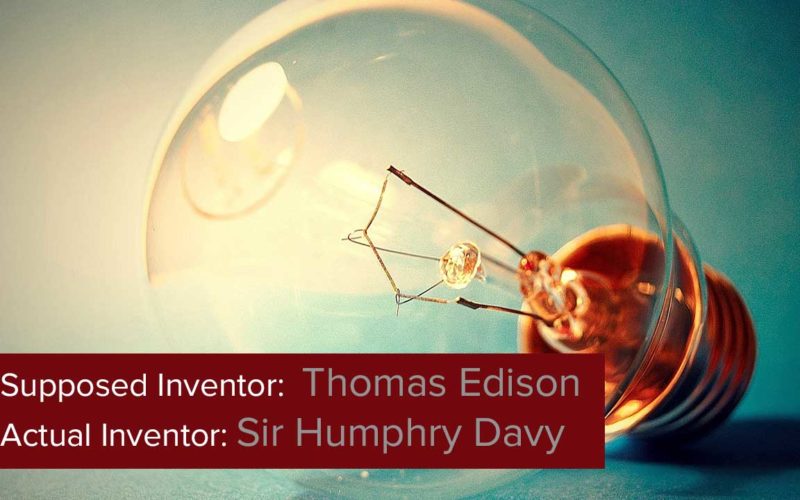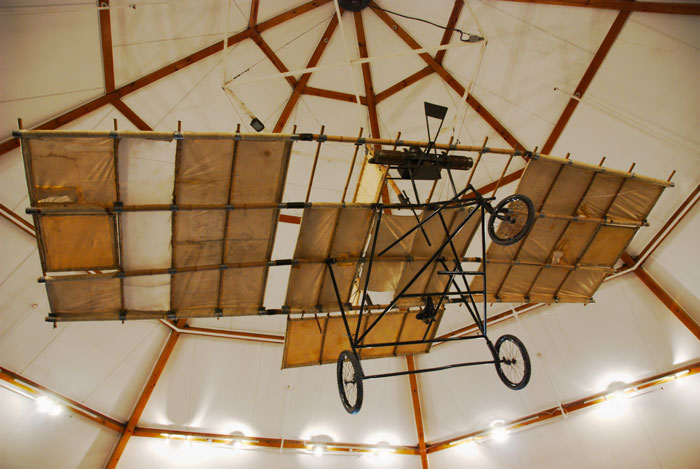- 2.1Kshares
- Share
- Tweet
- Facebook Messenger
The telescope wasn’t invented by Galileo!
Yes! You read that right. Similarly, there are many things in history that have wrong creditors. Many of the everyday things that we use today have been wrongly credited. And while the world has construed its own theories regarding this, we should give credit where it’s due, because the original inventors are lost to history.
And therefore, with this post I’ll tell you the ‘real’ inventors behind some famous inventions.
1. Telescope
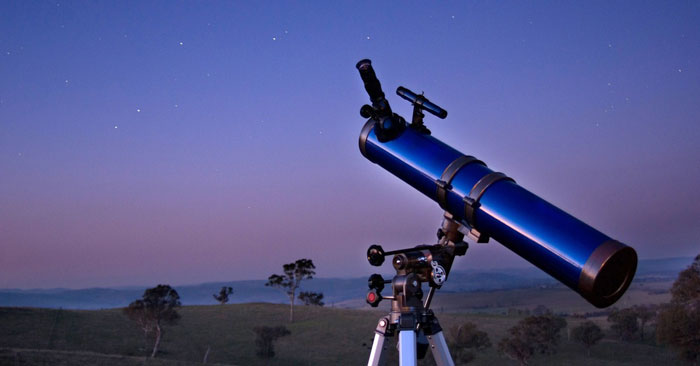
Supposed inventor: Galileo
Actual inventor: Hans Lippershey
Hans Lippershey was a lens maker. He was the first person to create and promulgate the designs for the first practical telescope when he put together a convex objective lens and a concave eyepiece in 1608. Galileo used the same design in the following year.
In fact, he is believed to be the first one to file a patent for his design. Though he failed to receive a patent, the Dutch Government rewarded him for the copies of his design. His telescope had a magnification of just 3x. For more information, read here.
2. I-pod
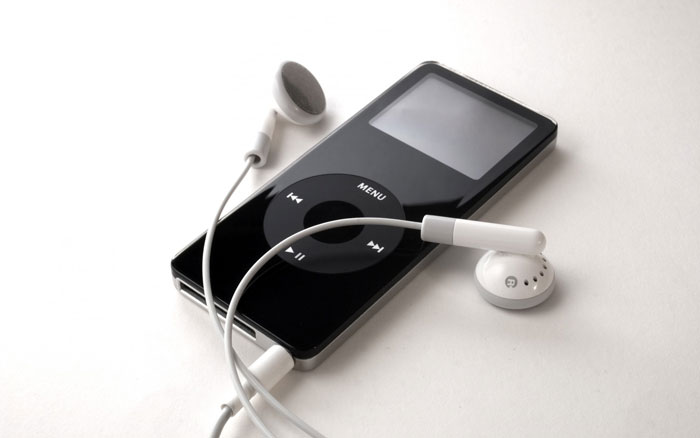
Supposed inventor: Engineering team at Apple
Actual inventor: Kane Kramer
The first portable digital media player was actually invented by a British man named Kane Kramer. He came up with this idea of technology when he was just 23 years old, in 1979. He developed a device that stored 3.5 minutes of music on the chip, after which he also filed a worldwide patent for that.
Due to the office politics, he was unable to raise the $90,000 needed to renew it and the patent lapsed. After many years, Apple admitted that he was indeed the inventor of I-pod.
To know more about him, read here.
3. Automobile
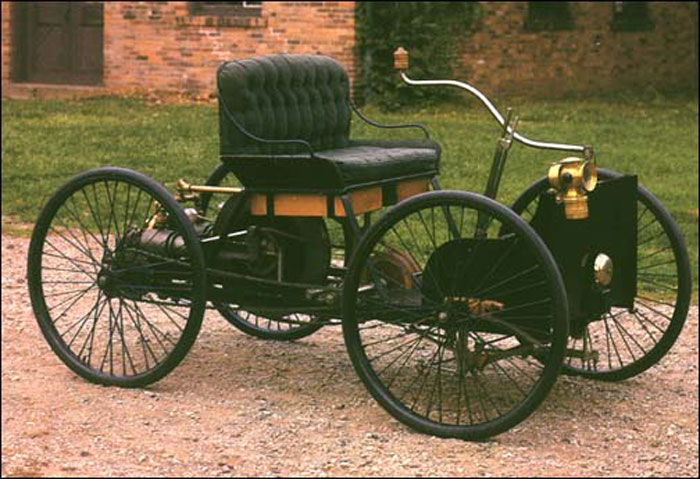
Supposed inventor: Henry Ford
Actual inventor: Karl Benz
When you think of an automobile, Henry Ford pops into the picture. He and his assembly lines are believed to be the real reason behind automobiles, but that isn’t true.
In the nascent stage of the automobile industry, when horseless carriages were in fashion, Karl Benz, a German engineer, demonstrated the first gasoline-powered automobile (Motorwagen), 17 years before Henry Ford first drove his Ford Quadricycle!
Consequently, because of his 1886 patent for the Motorwagen, he is the inventor of the first practical, commercially available, gasoline-powered automobile. To know more about him, read here.
4. Powered flight
Supposed inventor: Wright Brothers
Actual inventor: Richard Pearse
In March 1902, the 25-year-old New Zealand farmer, Richard Pearse, took flight for roughly 35o yards (it had many eyewitnesses). His flying machine had a proper modern tricycle type landing gear which negated the need of ramps, slides or skids. Also, he built an engine which is estimated at about 15 – 22 HP.
By the end of July 1903, he had achieved flights of around 1km in length. He didn’t understand the importance of his feat and thus, he didn’t click any photographs of his flying machine.
5. Light Bulb
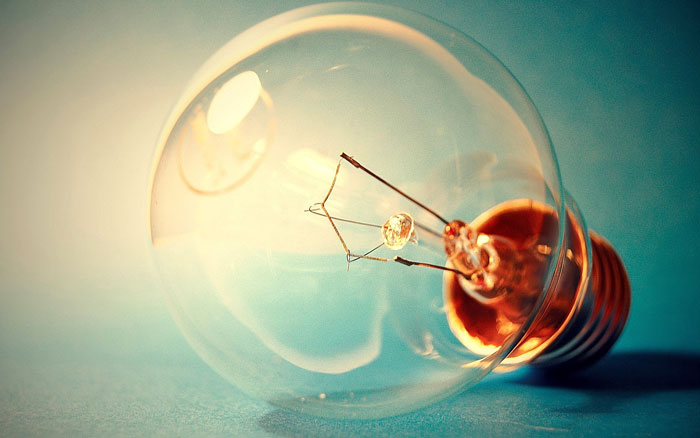
Supposed inventor: Thomas Edison
Actual inventor: Sir Humphry Davy
Edison gets the nod here for being the actual inventor over the real one, who is Sir Humphry Davy. In the early 18oos, even before Edison’s time, Davy invented the light bulb by connecting the two wires to a battery and attached a charcoal strip between the other ends of the wire. And this charged carbon glowed, paving the way for the making of the first arc lamp.
Edison improvised on this design.His bulbs were better equipped and he came to be known in the year 1877.
6. X-Ray
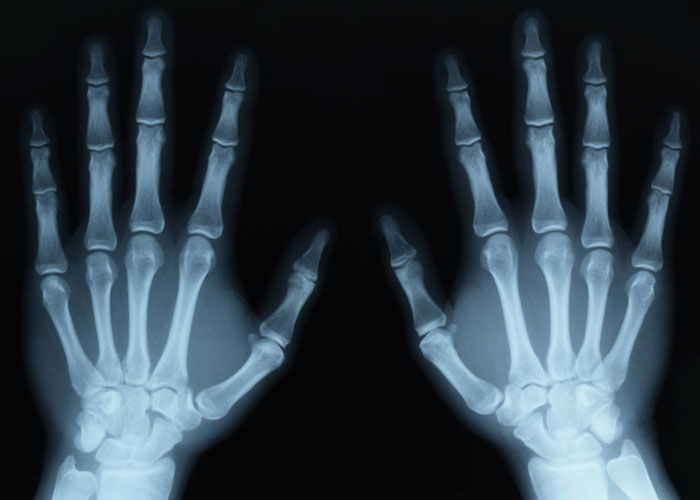
Supposed inventor: Thomas Edison
Actual inventor: Wilhelm Röntgen
Yet again, Edison took the credits. The German scientist, Wilhelm Röntgen was the first to invent X-rays. And because of him, the rays are called Röntgen rays. He was the first one to study these rays. In fact, he wrote a paper – On a New Kind Of Rays. In 1895, he saw the X-ray picture of his wife’s hand. He called them ”X” because, at that time, this type of radiation wasn’t known!
Edison’s Fluoroscope (a type of medical imaging that depicts the image of X-ray) became the standard in medicine, but it was definitely not the first one.
7. Radio
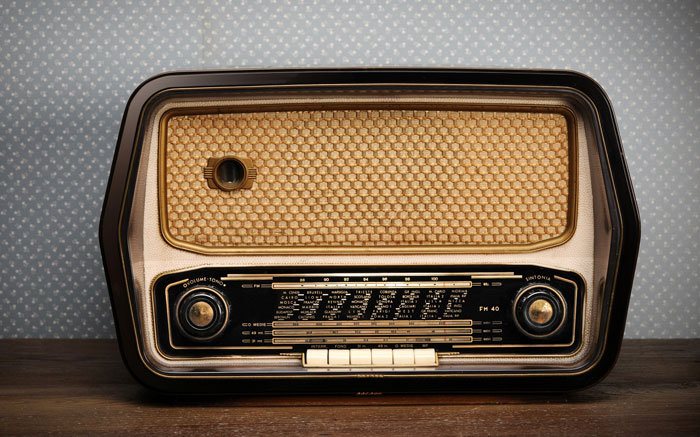
Supposed inventor: Guglielmo Marconi
Actual inventor: Nikola Tesla
Nikola Tesla, an electromechanical engineer was one of the first to file to patent a means to reliably produce radio frequency wave and his patent was granted. According to Tesla, ”The popular impression is that my wireless work was begun in 1893, but as a matter of fact I spent the two preceding years in investigations, employing forms of apparatus, some of which were almost like those of today. . . .”
And in 1895, Marconi introduces the device in front of London public and claimed that it was his invention.
8. Internet

Supposed inventor: Al Gore
Actual inventor: Vinton Cerf
Vinton Cerf, known as the father of the internet, is an American scientist. Cerf made the ARPANET system, a 1970s precursor of the internet. Without Cerf, it’s very hard to imagine the complex series of systems that we know today as the internet would have been brought together. He has been given the National Medal of Technology, the Turing Award, and the Presidential Medal of Freedom.
There is a popular myth that Gore claimed that he invented the internet.His contributions have nothing to do with the engineering or programming. He made the internet a commercial enterprise but didn’t invent it.
Did you know about these? Let us know in the comment section. 🙂
- 2.1Kshares
- Share
- Tweet
- Facebook Messenger




